MSRP (*Base Edition)
Battery EV | SUV | 465KM
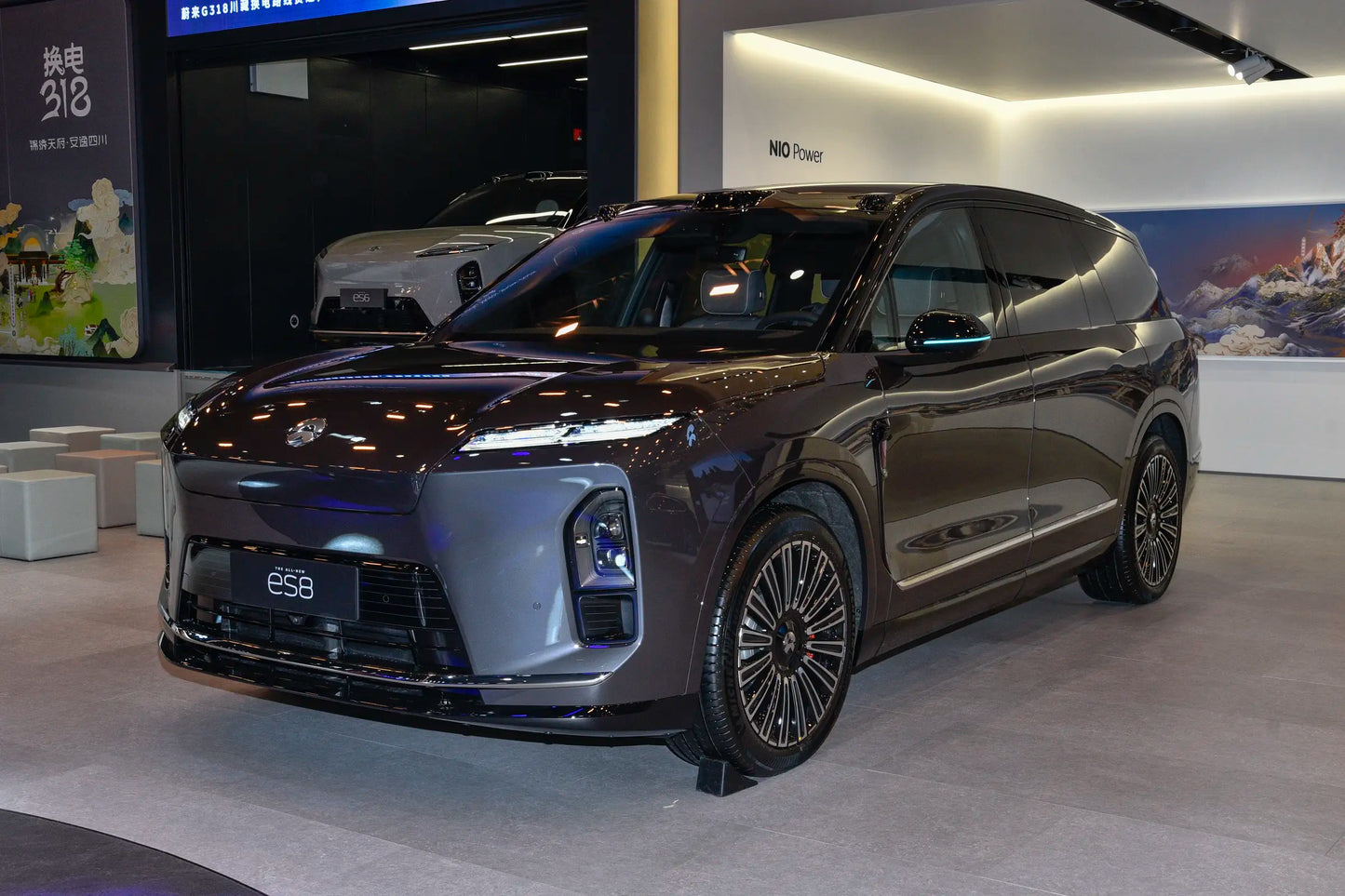
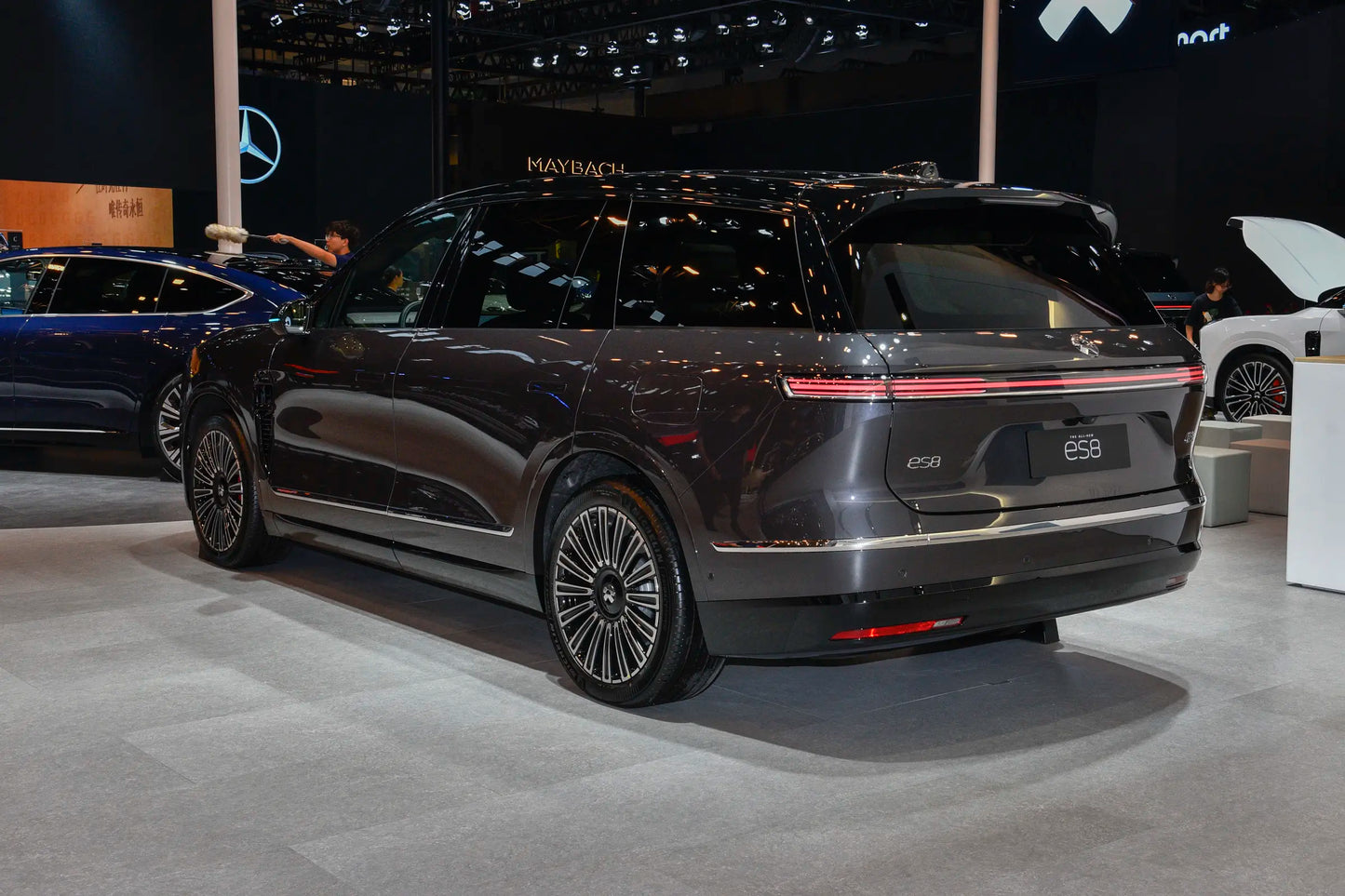
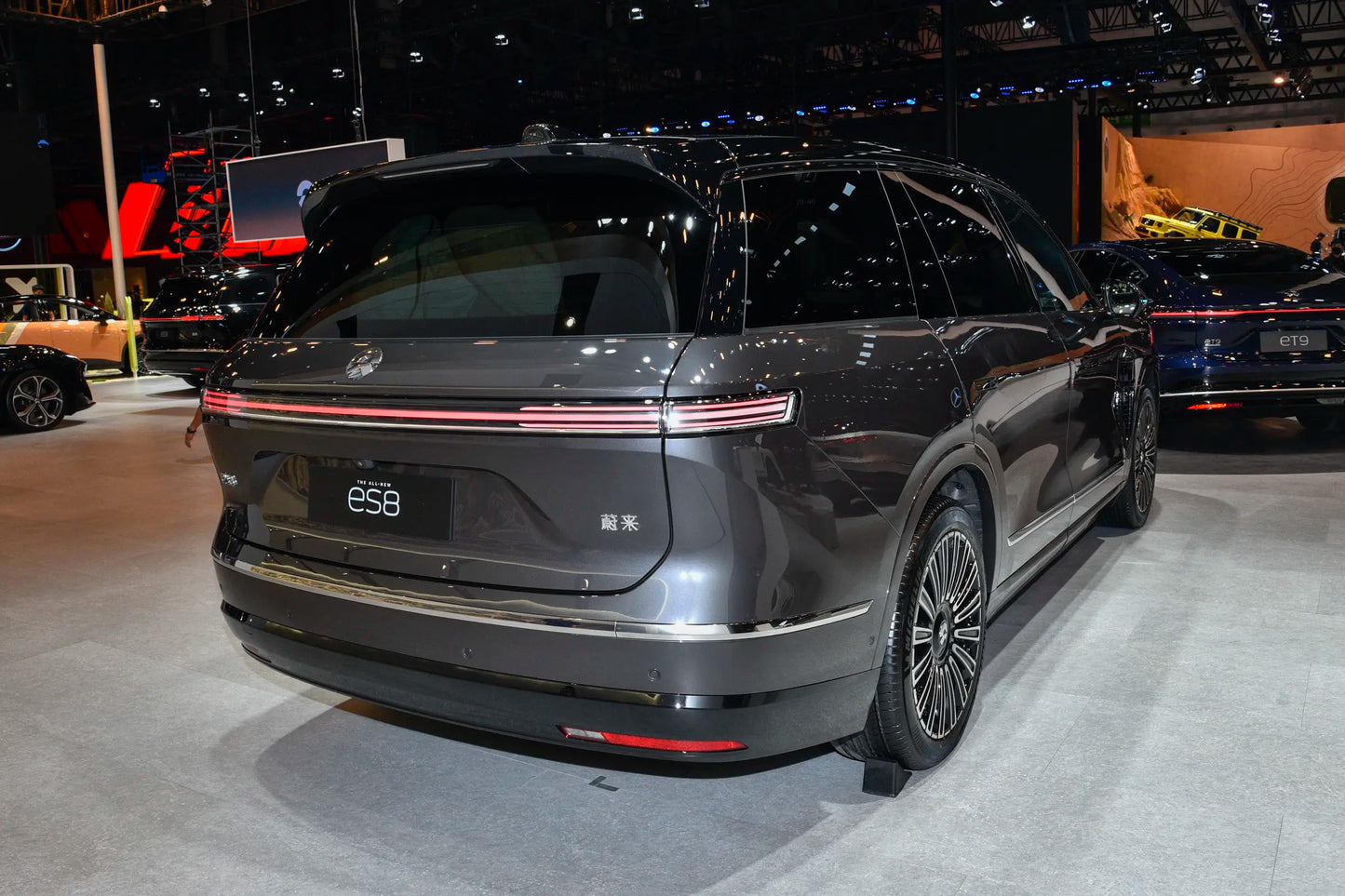
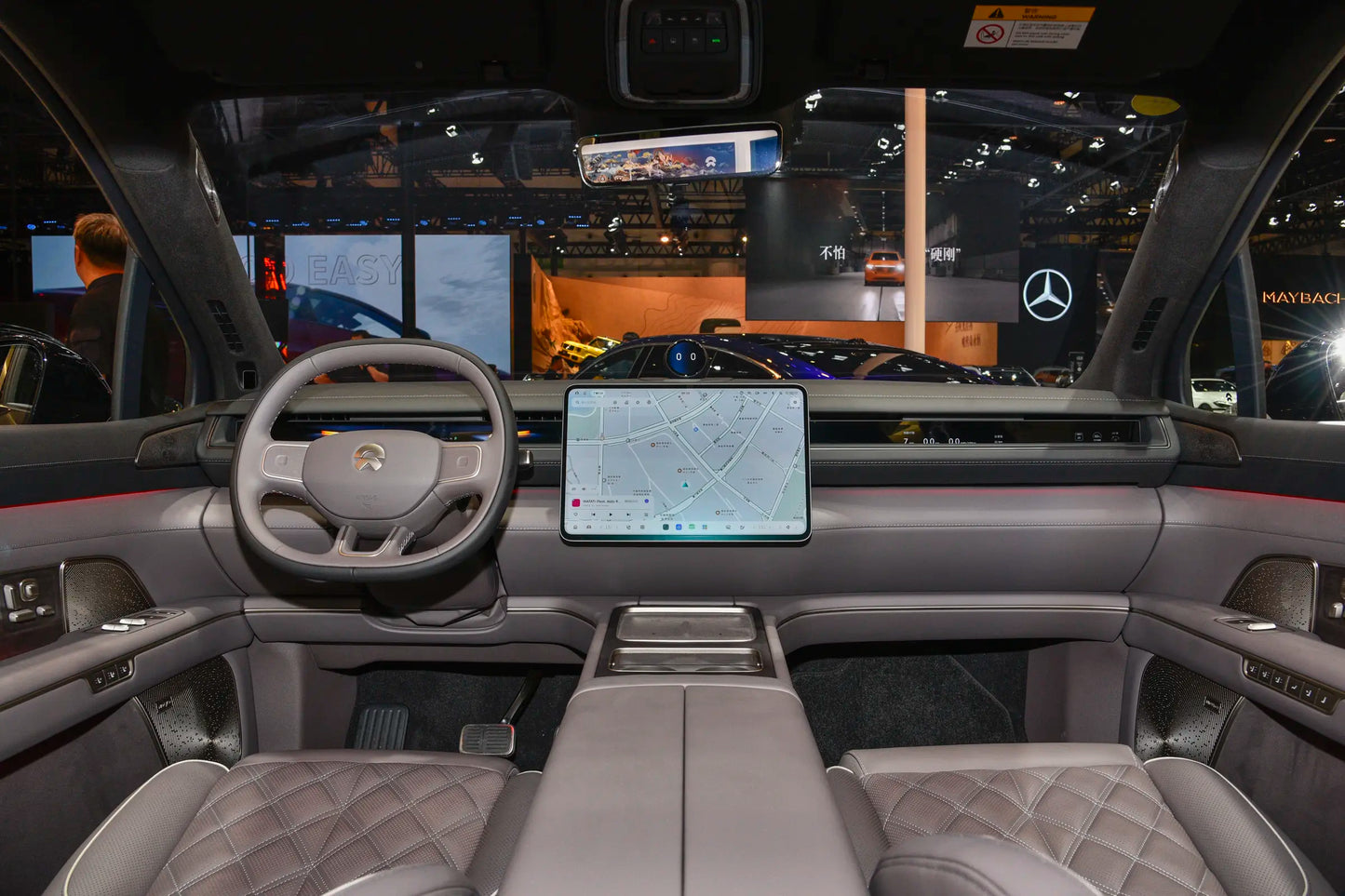
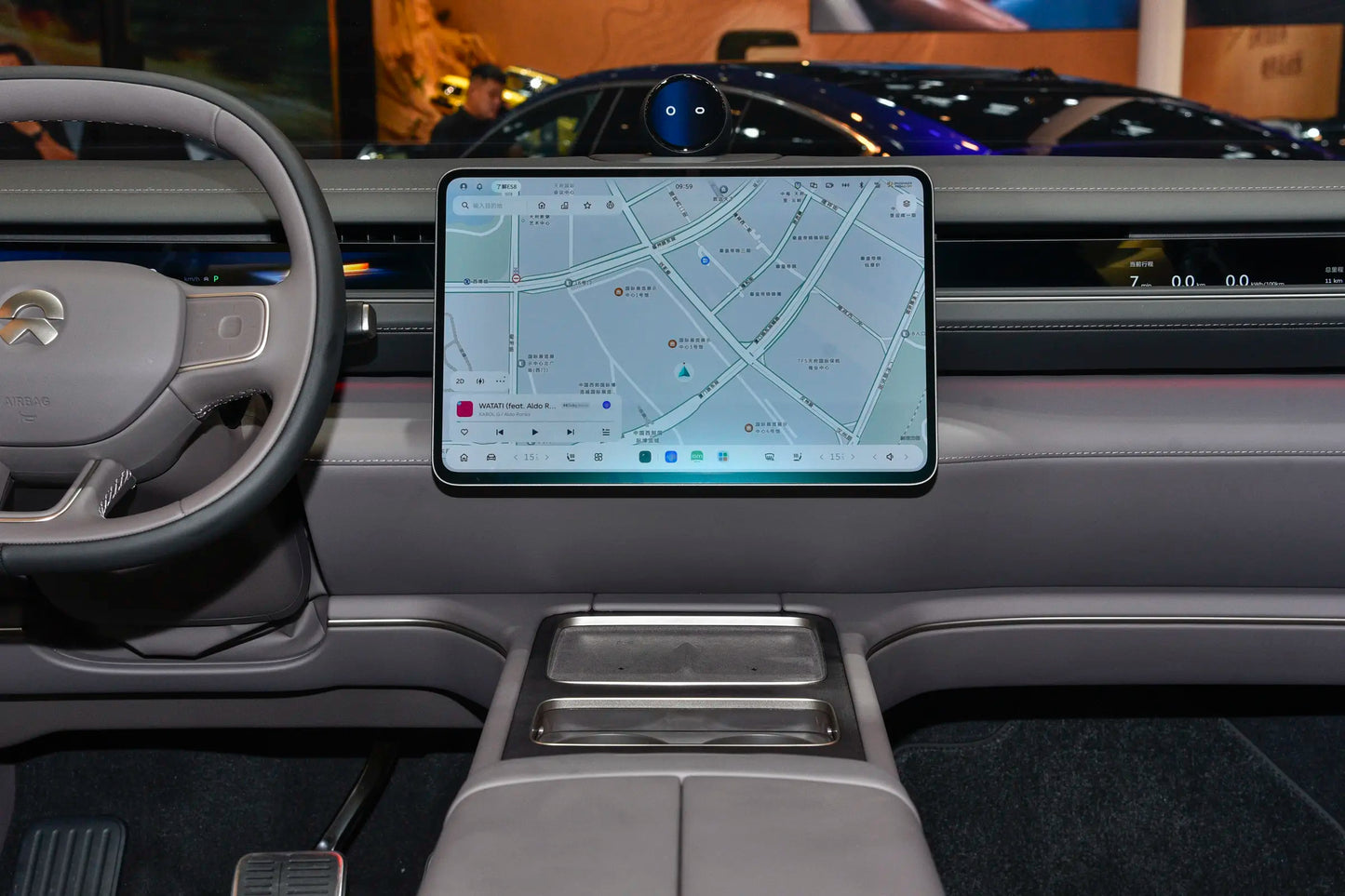
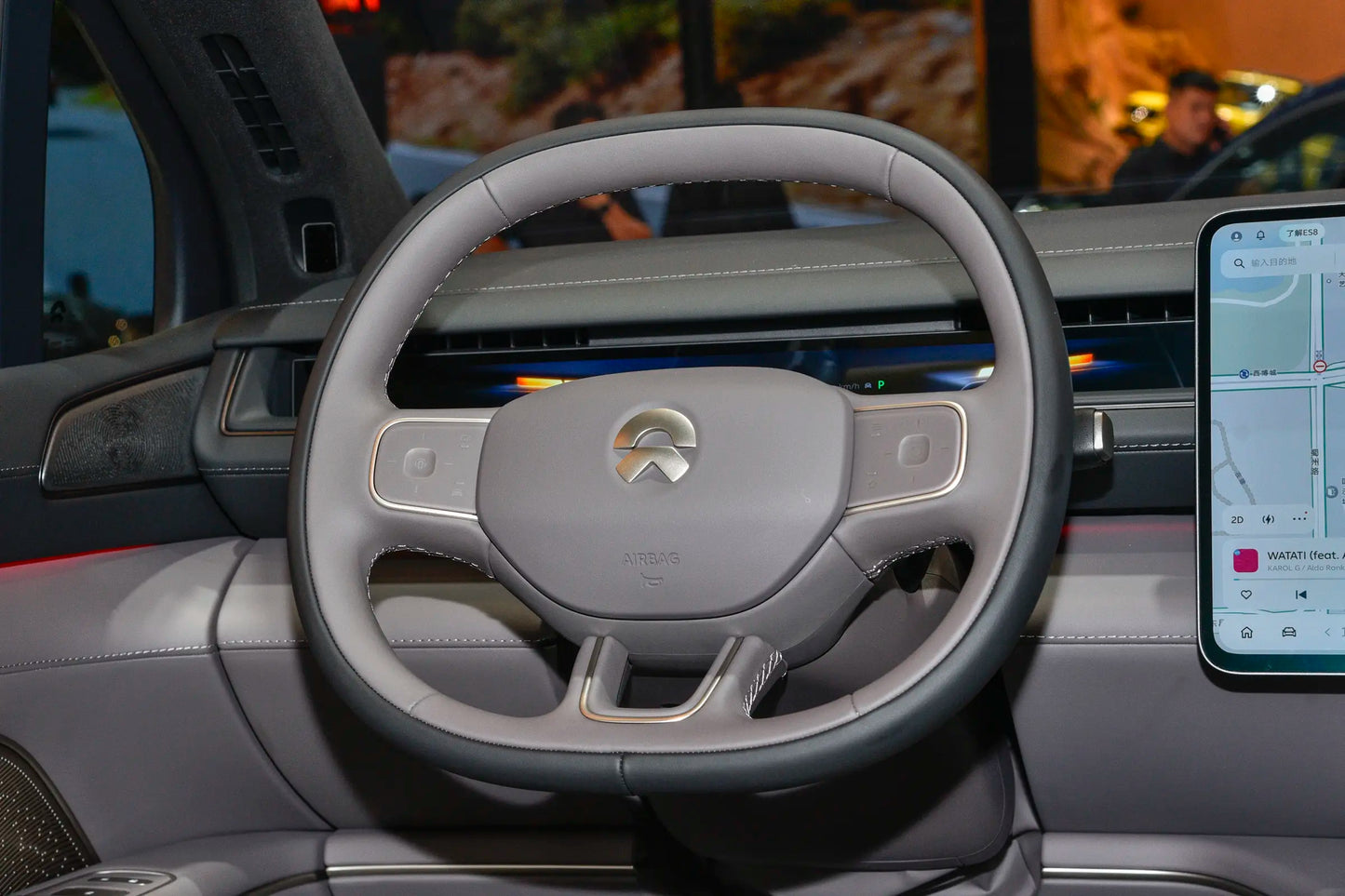
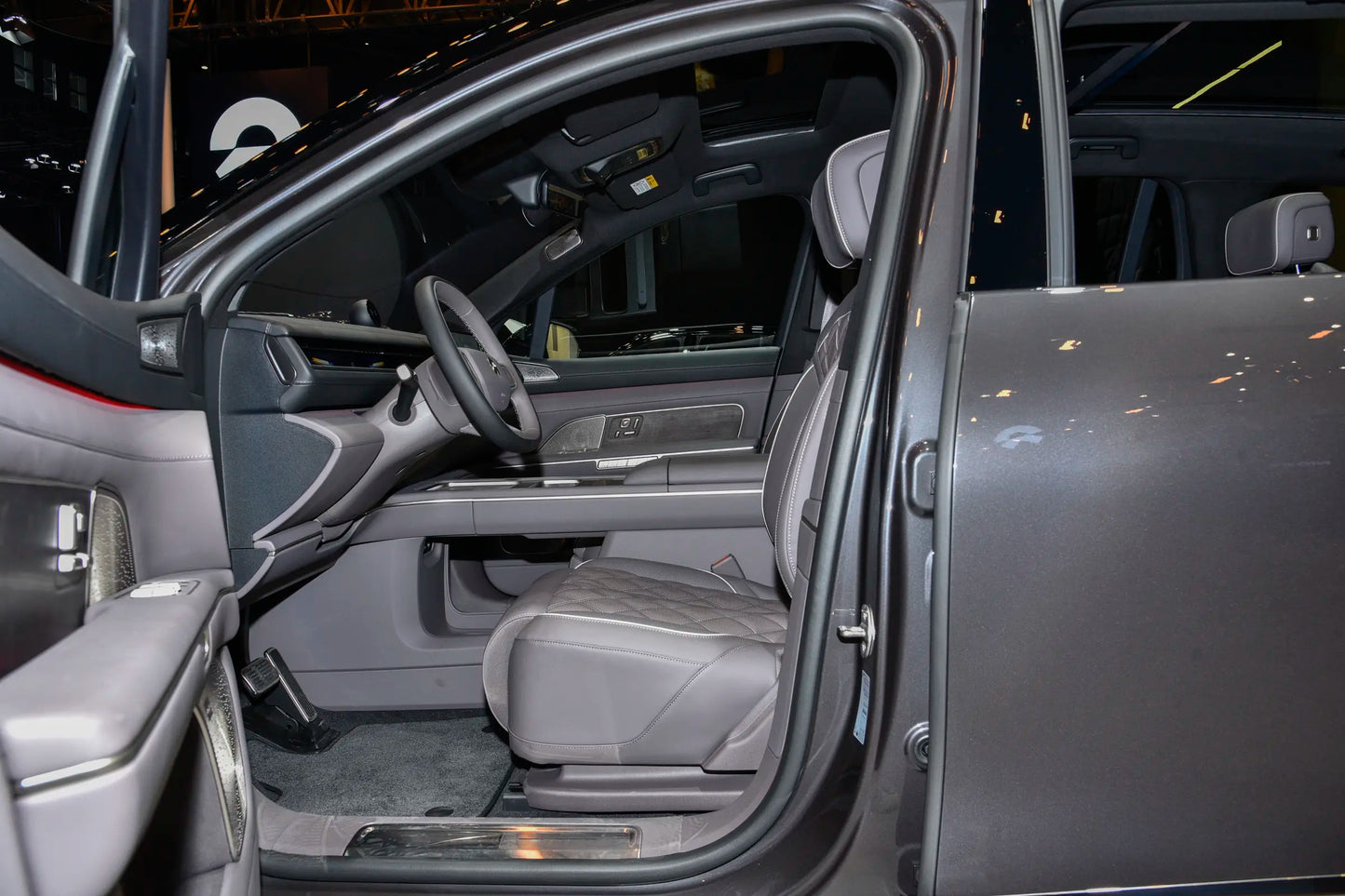
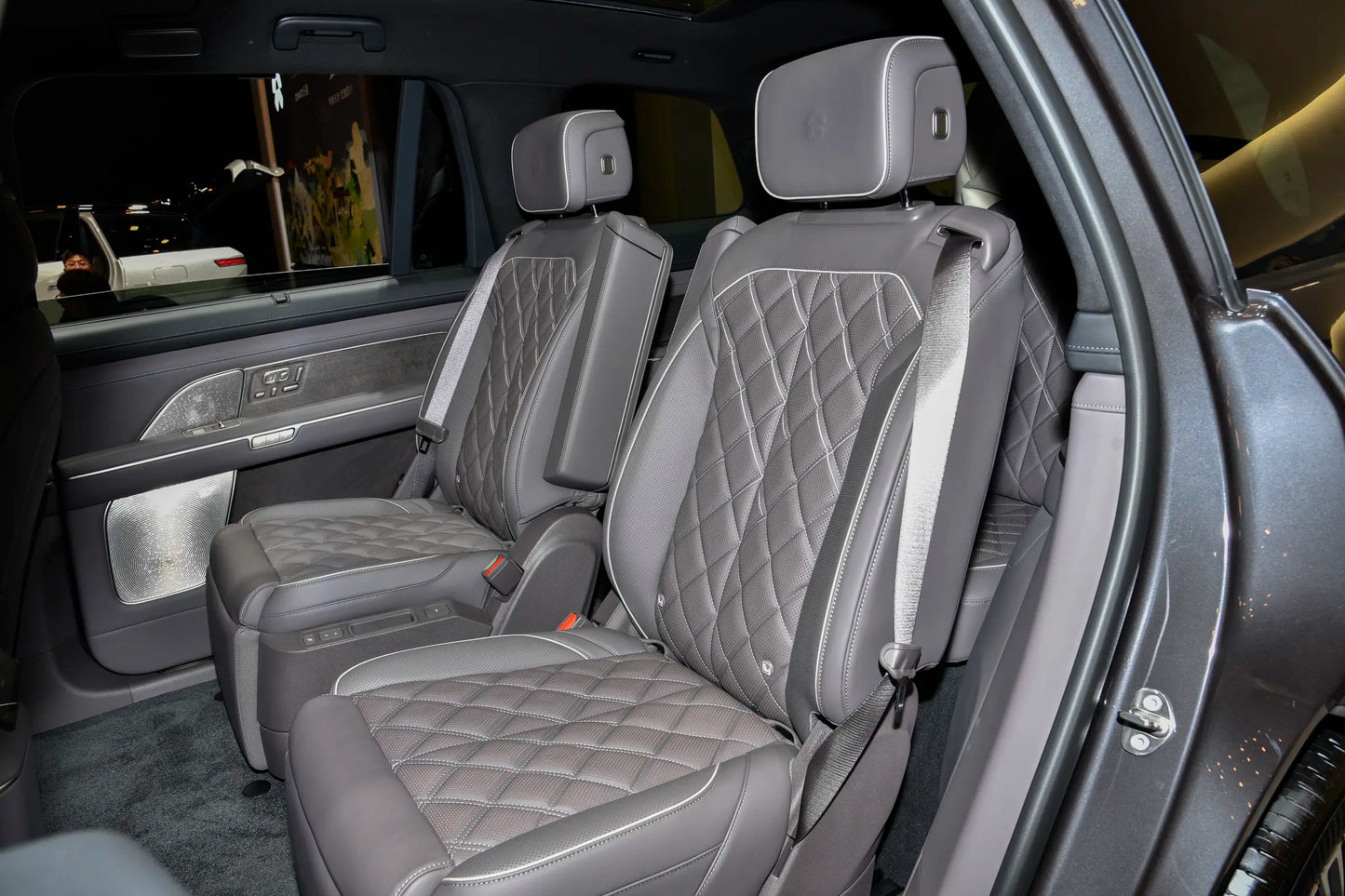
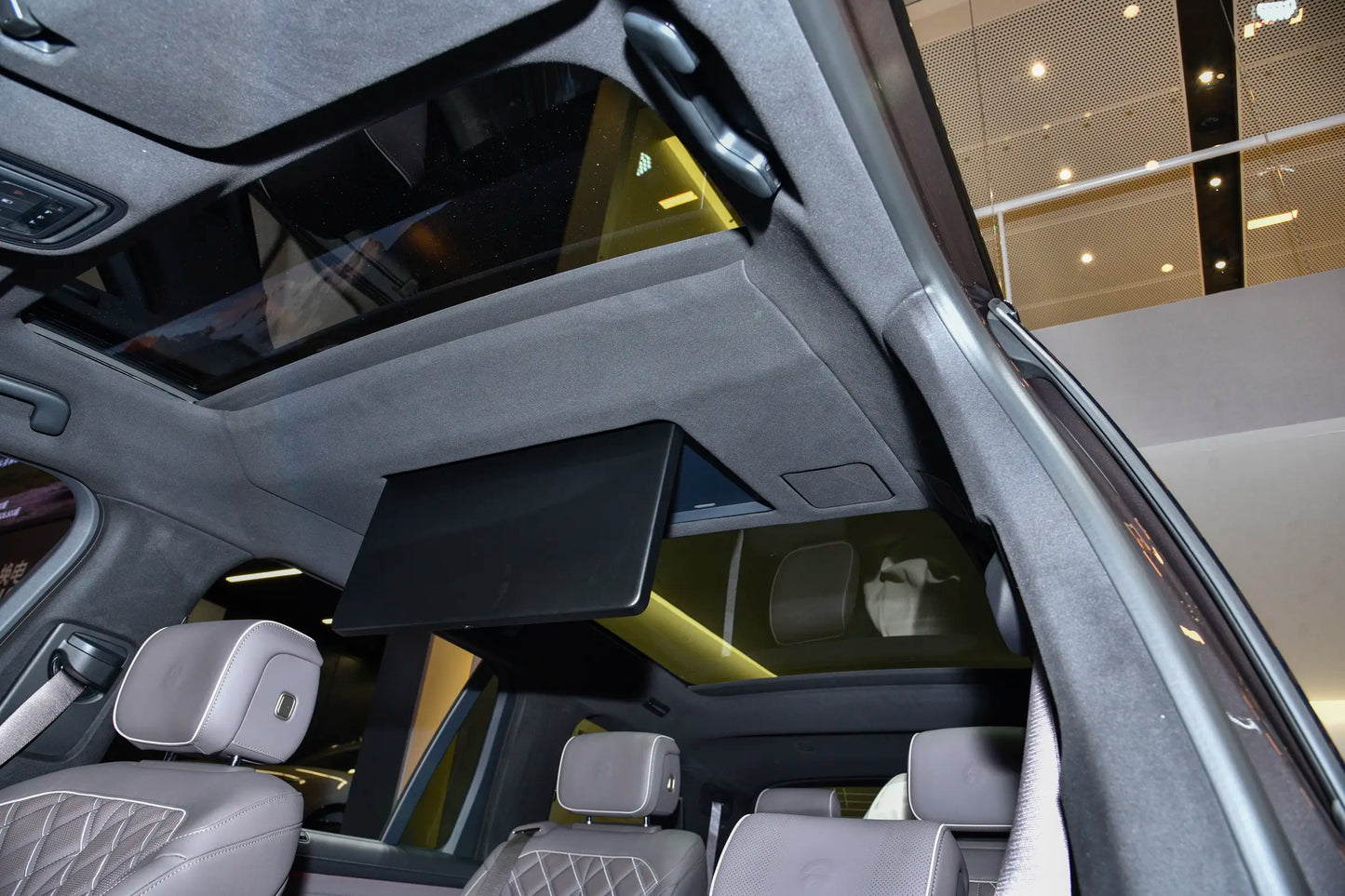
$57,702 USD
-
BrandNIO
-
Vechile ClassSUV
-
Energy TypeBattery EV
-
Pure Electric Range(KM)465
-
Curb Weight (kg)2565
-
Battery Typelithium iron phosphate battery + ternary lithium battery
-
Total Power of Motor (KW)480
-
Maximum Power(KW)480
-
Total Torque of Motor(N・m)850
-
Maximum Torque(N・m)220
-
Length x Width x Height(mm)5099x1989x1750
-
Official 0-100km/h Acceleration Time(s)4.9
-
Power Consumption(kWh/100km)15.9
-
Equivalent Fuel Consumption (Electricity)(L/100km)1060
-
Battery Capacity75 (kWh)
-
MaximumSpeed(km/h)/
-
Motor Layoutfront mounted motor+rear mounted motor
-
Transmissionsingle-speed transmission
-
IDev2509099
Panoramic Interiors
Video Manual
Authentic on-site shots for an immersive vehicle detail experience
Real Customer Reviews
Source: DCAR
Review A
Points of satisfaction: The most amazing thing about an electric car is its extremely low cost of use. Before April, since it was a new car and there were red - packet charging stations everywhere, the cost of use was basically zero. I've driven over 4,000 kilometers in the three months since I picked up the car. After Shanghai reopened, the red - packet charging stations suddenly disappeared, and the car was almost six months old. It was time to let the 75 - degree battery in my hands circulate in the battery swapping system. So, since then, I've started an endless journey of battery swapping. I swapped the battery 5 times in three weeks, with a total driving distance of about 1,500 kilometers. I really envy those who bought the car half a year earlier. They have unlimited battery - swapping times and can swap the battery as they like. What's the cost of using the car? Zero.
Areas of relatively low satisfaction: The car's infotainment system lags. After all, it uses a chip that's a few years old, and it starts slowly (this can be solved by remote control). The new chip is bundled with a basically useless dash - cam and a 360 - degree camera, and it's very expensive with a rather poor experience. Other aspects of using the car are quite good.
Space: It has a large six - seat configuration, and the space is really great. Since I got into road cycling at the beginning of the year, I often fold down the back three seats to carry my bicycle for a 4 + 2 green and low - carbon travel.
Highlight of space design: Two weeks ago, I made an appointment with cycling buddies to watch the sunrise at Dishui Lake and go cycling. On a whim, I managed to take two people and three road bikes with me and set off successfully. After folding down one seat in the back row, there was still plenty of space. I even didn't remove the rear wheel of one of the disc - brake bikes (I was reluctant to do so).
Actual riding experience: This car can satisfy both the driver and the passengers. It drives smoothly, and the seats are a bit large. When the front - passenger takes off their shoes and puts their feet on the footrest in the queen mode, it's really comfortable. The seats in the second row are smaller than those in the first row, but the space is huge. Although you can't lie down like in a commercial vehicle, you can easily cross your legs, which is very pleasant. The third row is smaller. It would definitely be uncomfortable for two adult men to sit there, but it's more than enough for two women or three kids (not recommended).
Driving experience: The power of an electric vehicle is extremely strong. The more you step on the accelerator, the more power you get. It's hard to imagine that a large car like the ES8 can be extremely responsive when overtaking on the highway. As a result, my family's small hot - hatch has been gathering dust all year round. Maybe the charming engine sound is the only reason I still keep it.
Range: I usually drive on elevated roads or highways (I'm annoyed by traffic jams during commuting and don't like to drive in the city). Maybe that's why the energy consumption isn't very high. In non - aggressive driving, it can achieve about 17 kWh per 100 kilometers, and in aggressive driving, the average is just over 20 kWh per 100 kilometers. However, with battery - swapping stations everywhere, I don't have any range anxiety at all.
Appearance: The exterior design is very forward - looking. It's really remarkable that even after being on the market for so many years, it still looks good every time you look at it. I think the designer deserves a reward.
Interior: The interior is well - crafted. Most of the places you can touch are made of soft materials, and good materials are used. There have been no looseness or abnormal noises in the half - year I've owned it.
Cost - effectiveness: The maintenance cost is zero. Since it's an electric car, there's no real maintenance needed. You just need to add water regularly. Every time you swap the battery, the system will do a self - check to ensure there are no error alarms. There was a small incident. After a light off - road experience (I accidentally drove onto a dirt road), the battery - swapping process was abnormal. Later, I was told that the internal thread of a screw hole might have been worn out due to being hit by stones. It's amazing that such a minor problem could trigger an alarm. It just shows that the detection system at the battery - swapping station is really good.
Intelligence: The automatic parking assist gets a low score. The parking intelligence is not as good as that of a 2018 Mercedes - Benz. It often prompts "This parking space is a bit difficult", but you can actually park it in after a few maneuvers. I hope this can be improved in the future.
App remote control: I used to complain that the NFC vehicle - starting system was very inconvenient. But after a few months, it was updated to a Bluetooth sensor - less start system. You just need to tap on your phone, then you can enter the car and step on the accelerator to go. It's very convenient.
Review B
I picked up the facelifted ES8 (Simba) 7-seater version in June 2020. After owning the car for a year and driving it for 15,000 kilometers, I'm writing down my car-using experience.
Space
I chose the 7-seater version. I'm 175 cm tall and weigh 75 kg. In the 5-seater scenario, with the front seat adjusted to a normal position, there's still about 4 fists of legroom in the second row. The backrest of the second-row seats can be adjusted, with an inclination of about 10 degrees.
In the 7-seater mode, there's still about 2 fists of space in the second row and 1 fist in the third row. The space is okay and not very cramped. However, it's quite inconvenient to get in and out of the third row. It's best to leave it for young people or kids, as it would be more strenuous for the elderly. Simba's space is quite good among 7-seater SUVs. If you only use the third row occasionally, you can choose the 7-seater version. If you need to use the third row frequently, the 6-seater version would be more convenient for getting in and out.
Another advantage of the 7-seater car is that I have a long lunch break during work. I sleep in the car every day. I can just fold down the second and third rows and lay a blanket to sleep. It's basically flat after folding down, which is quite comfortable.
Power
Simba's official 0-100 km/h acceleration time is 4.9 seconds. NIO's acceleration has a reverse over - claim. The actual acceleration time is about 4.5 seconds. I've driven it for a year and always set the acceleration display to the 7.2 - second mode. When starting at a traffic light, if you step on the accelerator all the way down, you'll hardly have any competitors. Overtaking is also effortless with just a tap on the accelerator.
Handling
I haven't driven many cars, so I'm not very professional about handling. Anyway, as a large car that's 5 meters long and 2 meters wide, Simba drives quite nimbly, without the feeling of driving a "big ship". The suspension's softness, hardness, and height are all adjustable. There are also driving modes such as sport, comfort, energy - saving, and custom. The handling experience will be different under different settings. After a year of exploration and communication with fellow car owners, I use the custom mode. Other settings are the same as in the comfort mode, except that I set the suspension hardness to the middle level instead of the softest.
This way, it performs better than the comfort mode on bad roads. When driving on the highway, you can lower the car body to save some power.
As for kinetic energy recovery, I'm worried that using only the single - pedal mode will form a habit and may cause problems in critical moments, so I use the lowest - level recovery setting.
Energy Consumption
My battery has a capacity of 70 kWh. When set to the daily mode (charged to 90%), the dashboard shows a range of about 373 or 374 kilometers.
I drive quite gently.
I'm in Shanghai. For my daily commute to and from work, I basically charge the car once every 4 days. I actually drive about 220 kilometers, while the dashboard shows a range loss of 270 kilometers. So, 220/270 is about 80%. In winter in Shanghai, the temperature is generally between 0 and 10 degrees, not extremely cold. In winter, I basically charge the car once every 3 days, driving about 170 kilometers, and the dashboard shows a range loss of about 270 kilometers. So, 170/270 is about 60%. The range is indeed not ideal in winter.
During the May Day holiday this year, I drove on the highway to Liyang, Jiangsu. The dashboard showed a range of 373 kilometers when I set off. There were a lot of people during the May Day holiday, and the road was very congested. I drove 290 kilometers, and there were still 12 kilometers left on the dashboard when I arrived. So, in non - winter conditions, it's still okay to drive 300 kilometers.
For those who occasionally drive on the highway, they can enjoy 12 free off - site charging sessions a year. As long as there are charging piles at the destination, it's quite convenient.
Review C
¡¾Space Performance¡¿
The space is quite large. It is relatively good among vehicles in the same class. Both the front row and the second row are very comfortable, while the third row is a bit cramped. Without moving the second row forward, only minors can sit in the third row.
¡¾Endurance¡¿
It has a 100 - kWh battery. The dashboard shows a range of 580 km, and the actual measured estimated range is 380 - 400 km. When you first switch to an electric vehicle, you may have range anxiety. When the remaining actual measured range drops to 100 km, you'll start to feel nervous and calculate whether you need to charge the vehicle for the next two days' trips. In fact, you can use it freely only within a range of 200 - 300 km.
¡¾Charging Time¡¿
The charging time varies depending on the power of the charging pile. Generally, it takes more than an hour to charge to 80% - 90%. Later, to protect the battery, the charging speed will become very slow, and it usually takes another half - hour to fully charge. There's no need to fully charge it when driving in the urban area.
¡¾Comfort¡¿
The air suspension is better than that of ordinary vehicles, but there is still room for improvement in filtering out minor vibrations. In the comfort mode, the cabin and the chassis feel separated, and there is a bit of swaying; this feeling doesn't exist in the sport mode. The seats are generally good. I chose the signature version, and the seats have a massage function, which is not essential but quite useful. The front - passenger seat is very comfortable, and many people who have tried it think so. The second - row seats are a bit short, looking a bit flimsy. The third row is only for emergency use, so comfort is not considered here. The key point is that the headrests are really bad. They are very uncomfortable. If you bend them forward too much, they will press against your head. If you don't bend them, they don't conform to the normal sitting posture, and your head has no support. At this price point, it shouldn't be very expensive to equip it with a soft headrest like that of a Maybach. In this aspect, it's not as good as the Li ONE. I used to have a sore neck every day, and it got a little better after I bought a cushion.
¡¾Sales Attitude¡¿
The salesperson is very good. Professional, detail - oriented, clear in explanation, not pushy or slow. It's obvious that they have received training. Compared with the counterparts in the industry, they have a high level of professional quality. Highly recommended!
¡¾Third - Row Space¡¿
When ensuring the comfort of the second row, the third row seems cramped. If someone needs to sit in the third row, it is recommended to move the second row forward a bit. Then the third row will be better. After all, the seat rails are so long. It's a waste not to adjust them.
¡¾Intelligence¡¿
The voice system is very convenient, suitable for lazy people. More than 80% of the vehicle's adjustments can be controlled by voice, but the Mandarin recognition needs to be improved. It is said that the full - package cruise system can automatically exit the ramp, but I haven't had a chance to try it. When changing lanes, the front and rear prompts are very rich, which greatly improves driving safety. It's very good. Experienced drivers suggest turning off the lane - keeping function, otherwise, a slight deviation from the lane will trigger a vibration warning.
¡¾Least Satisfied¡¿
It's the headrests. Really, it's the problem of the headrests. The headrests in the whole car are a big let - down. They are manually adjustable, and no matter how you adjust them, they are uncomfortable and hard. Definitely a bad review! Instead of protecting the neck, the headrests are extremely unfriendly to the neck. I'm really dissatisfied.
¡¾Driving Experience¡¿
In the sport mode, suddenly stepping on the accelerator will make you dizzy. When the headrest can't support your head, it's not recommended to accelerate suddenly in the sport mode, as it may easily hurt your cervical vertebrae. Usually, the comfort mode is enough. The vehicle body is large, but there are many driving - assistance functions, so it doesn't feel bulky when driving. The throttle response is good, and the brakes are powerful. It's okay if you're skilled at moving left and right in traffic. I really like it! It is recommended to buy.

Who‘s ZEEX AUTO?
We have been deeply rooted in the Chinese automotive market for many years. We can help you find cheap cars (both new and used cars), and possess comprehensive compliance capabilities for automobile exports. If you wish to import a Chinese car, please feel free to contact us.










